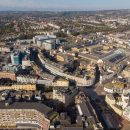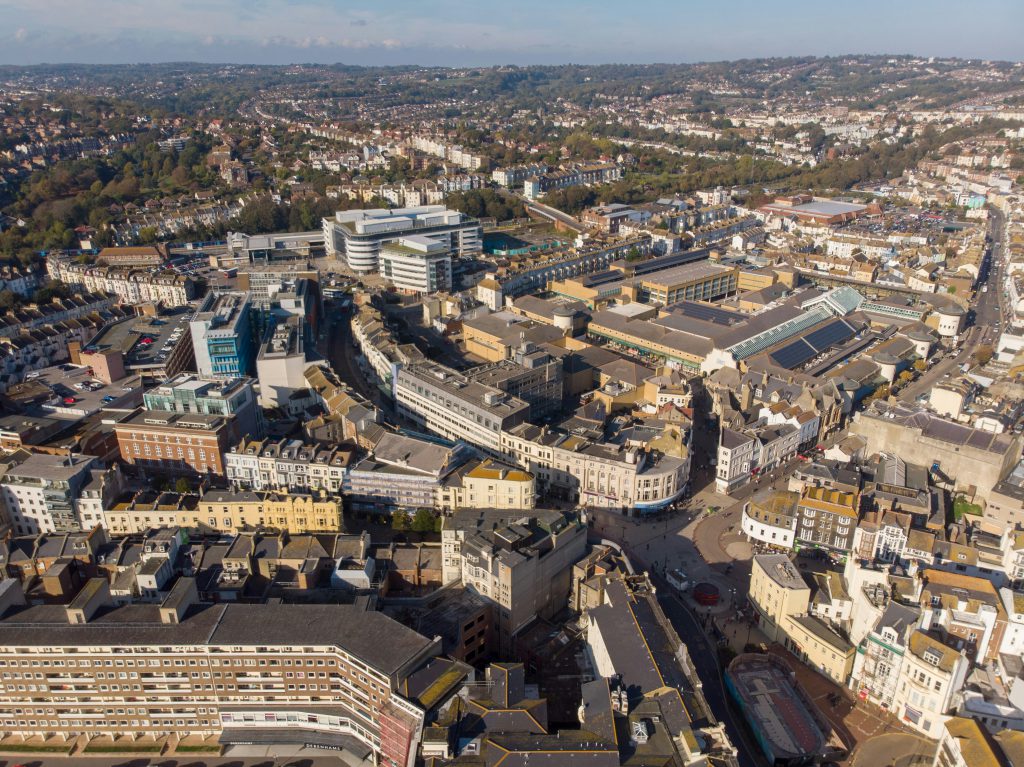
How Geospatial Technology is Transforming the UK Commercial Property Sector
What is Geospatial Technology?

Photo by Gabriel Mihalcea on Unsplash
Geospatial technology uses tools like Geographic Information Systems (GIS), satellite imagery, and GPS to analyze location-based data. In the UK commercial property market, this technology is playing a key role in site selection, risk assessment, and urban planning.
Key Applications in Commercial Property
Smarter Site Selection and Market Analysis
- UK retailers and developers are leveraging GIS data to identify high-footfall areas by analysing mobile tracking, transport links, and nearby amenities. By mapping pedestrian movement from anonymised phone data, they can see where people gather throughout the day and week—helping identify hotspots near train stations, shopping and leisure areas.. Time-based heat maps also reveal key footfall patterns, such as lunch-hour surges near office clusters or weekend activity in entertainment hubs.
- In addition to foot traffic, a layer of consumer behaviour insights, including demographics, income levels, and spending habits sourced from tools like the ONS can be added in to inform decisions about mixed-use developments, parking provision, and retail mix.
- Transport connectivity data helps businesses choose locations near major rail hubs or new infrastructure developments.
- Local authorities use geospatial analytics to support town center regeneration, ensuring new developments align with community needs.
Sustainability and Net-Zero Targets
- The UK’s commitment to net-zero emissions is driving the adoption of geospatial tools in commercial real estate. GIS and satellite data are being used to map energy usage, track emissions, and identify properties with poor environmental performance.
- Energy Performance Certificates (EPC). Geospatial tools offer a data-driven way to ensure compliance, improve energy efficiency, and reduce the carbon footprint of commercial property portfolios.
- GIS heat maps help landlords understand and improve their properties’ energy efficiency, comply with regulations, and potentially increase property value.
Risk Assessment and Climate Resilien
- Geospatial technology, such as the Environment Agency’s flood risk maps, helps property investors mitigate climate change risks.
- Insurers use GIS to assess risk profiles and determine insurance rates for commercial buildings.
Improving Property Marketing and Customer Engagement
- Commercial estate agents are using geospatial analytics to create interactive maps showcasing available properties.
Augmented reality (AR) tools allow potential buyers or tenants to explore office spaces remotely with geospatial overlays. - Companies like LandTech provide UK-specific geospatial solutions, help developers identify and acquire land efficiently by using data from the Ordnance Survey, Environment Agency, and other relevant authorities.
The Future of Geospatial Technology in UK Commercial Real Estate
- AI-driven geospatial analytics will enhance predictive modelling for property demand.
- Expansion of 5G and IoT networks will provide real-time geospatial insights for property management.
- Government-backed initiatives, such as the Geospatial Commission’s National Underground Asset Register (NUAR), will improve data sharing for urban development.
From enhancing sustainability to mitigating climate risks, geospatial technology is shaping the future of the UK’s commercial property market. As data-driven decision-making becomes the norm, businesses that embrace these tools will gain a competitive advantage in an evolving property landscape.
